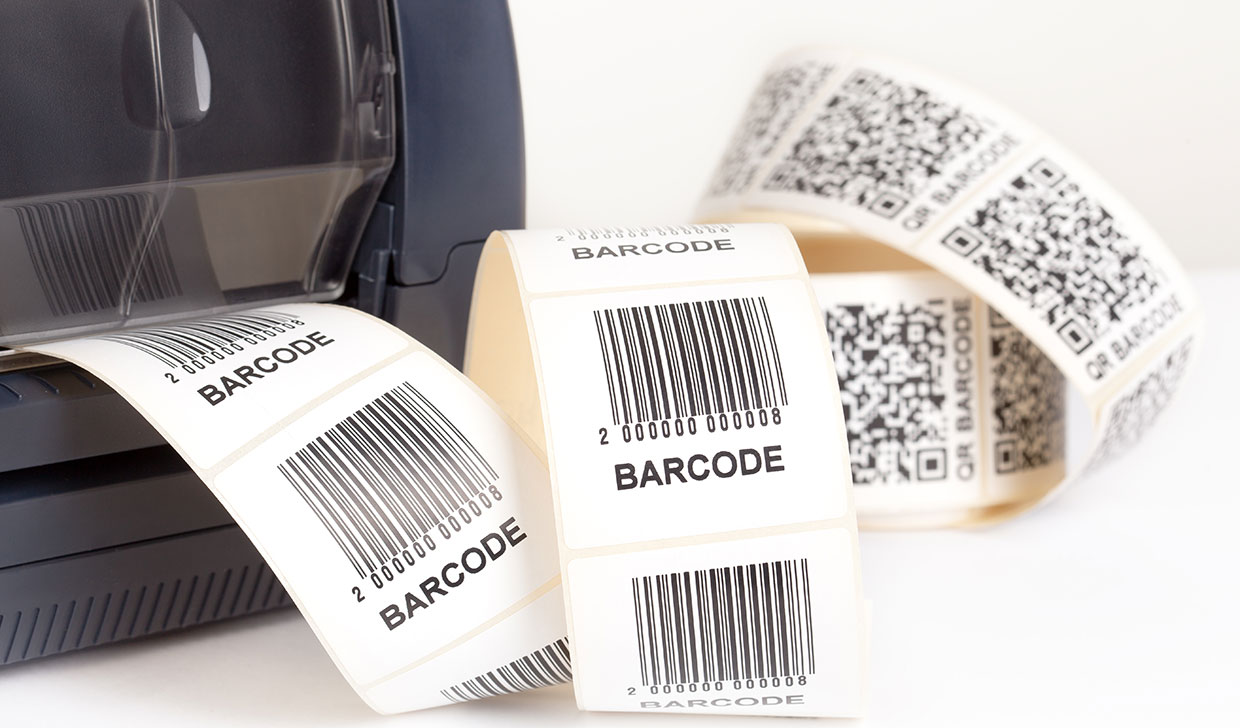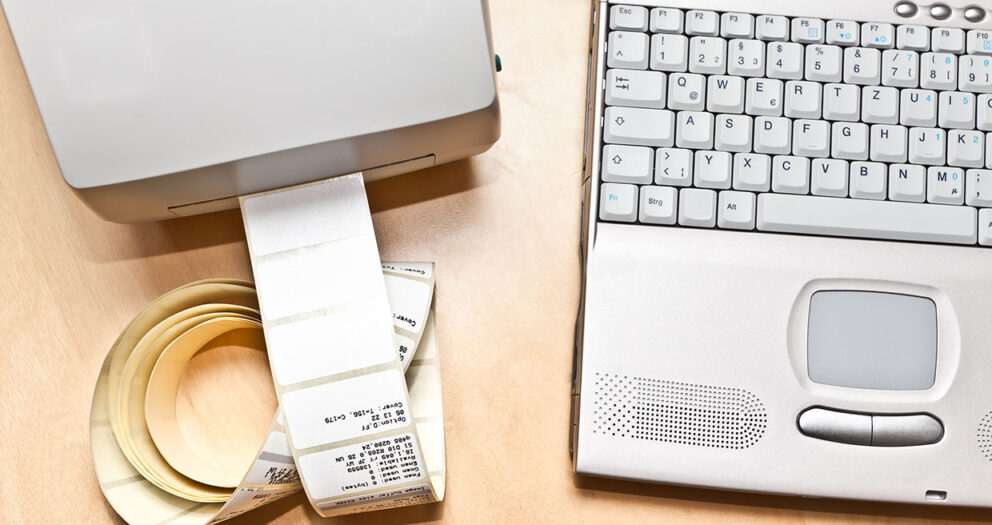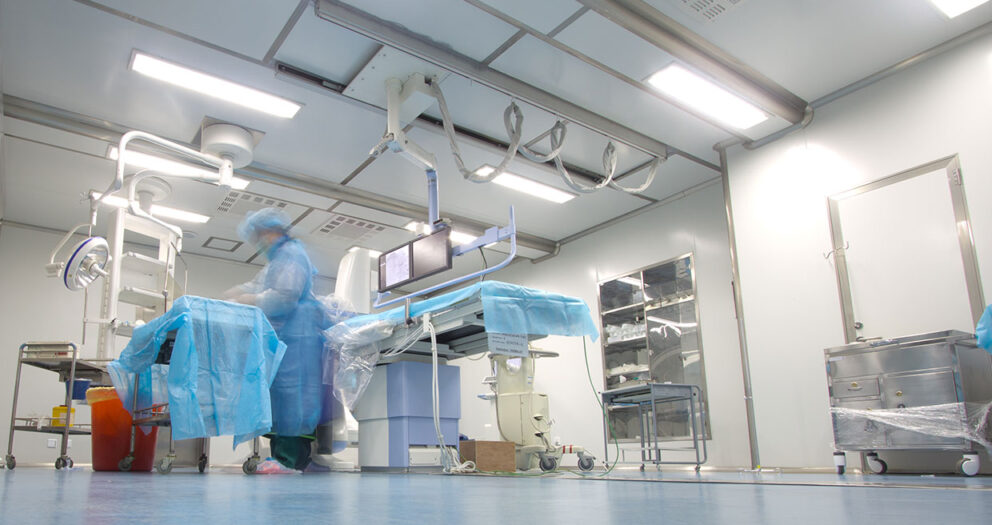In the ever-evolving healthcare industry, direct thermal printers have become a staple for patient identification. Two primary wristband technologies dominate the market: direct thermal rolls and direct thermal cartridges. This blog post delves into the nuances of these technologies, comparing their printer systems, product performance, environmental impact, and cost to help you make an informed decision.
Direct thermal rolls: the gold standard
- Direct thermal rolls are widely regarded as the gold standard in patient identification. Here’s why:
- Compatibility: These rolls are compatible with all leading thermal roll printers, ensuring seamless integration.
- Black Mark Technology: Equipped with black mark technology, they accurately detect wristband length.
- Speed: With a maximum speed of up to 8 inches per second (200 mm per second), they offer rapid printing.
- Reliability: Proven technology ensures minimal jams, making them highly reliable.
- Jam Handling: In the rare event of a jam, wristbands can be easily removed, and the roll can be reused.
- Resource Efficiency: Optimised for efficient resource usage, they have a minimal environmental impact.
- Cost: Each wristband costs as little as £0.05, and the printer itself is priced at around £300.
Direct thermal cartridges: the new contender
- Direct thermal cartridges represent the latest innovation in the market. Here’s a closer look:
- Printer Compatibility: These cartridges require specific printers with a cartridge slot from a sole source vendor.
- Sensor Technology: They contain sensors to detect wristband length, ensuring precision.
- Printing Speed: With a maximum speed of up to 4 inches per second (101 mm per second), they are slightly slower than thermal rolls.
- Cartridge Issues: Faulty cartridges can lead to more frequent printing jams.
- Jam Handling: If a jam occurs, the entire cartridge needs to be replaced, leading to increased wastage.
- Cartridge Wastage: The need for replacement results in higher wastage costs.
- Environmental Impact and Recycling: Proper cartridge recycling is available in some locations, but additional shipping costs may apply.
- Cost: Each wristband costs £0.29, and the printer itself is priced at £500.
Conclusion
Both direct thermal rolls and cartridges have their unique advantages and potential drawbacks. Direct thermal rolls offer proven reliability, faster printing speeds, and cost efficiency, making them a preferred choice for many healthcare providers. On the other hand, direct thermal cartridges, while newer and more precise, come with higher costs and potential issues related to cartridge wastage and jams.
Ultimately, the choice between these technologies will depend on your specific needs and priorities. Whether you prioritize speed, cost, or environmental impact, understanding the differences between these technologies will help you make the best decision for your healthcare facility.
Get in touch
For more information on the BRENMOOR range of products, to arrange a trial or to locate your local supplier call 0845 807 1090 or +44 (0) 1535 656 439 from overseas or contact us by email.
For samples of any of our Patient ID solutions please complete our sample request form.
Notes to editors:
- BRENMOOR are UK based designers, manufacturers and suppliers of innovative patient identification solutions
- They supply over 70% of UK hospitals with patient identification products including their patented printed hospital bracelets and a range of hospital labels
- Recent product launches have included their MHRA compliant blood bag tag
- They have partnerships with a number of medical supply companies in Europe, the Middle East and Africa to distribute BRENMOOR products to a wider audience
- All BRENMOOR products are designed to ensure that the right patient receives the right care and prevent deaths and injuries from misidentification
- All Patient ID products are available Direct from BRENMOOR, through NHS Supply Chain and from one of our Worldwide Distribution partners
A BRENMOOR printed hospital wristband is applied to a patient somewhere in the world every 4 seconds to ensure that they stay safe and remain positively identified!






